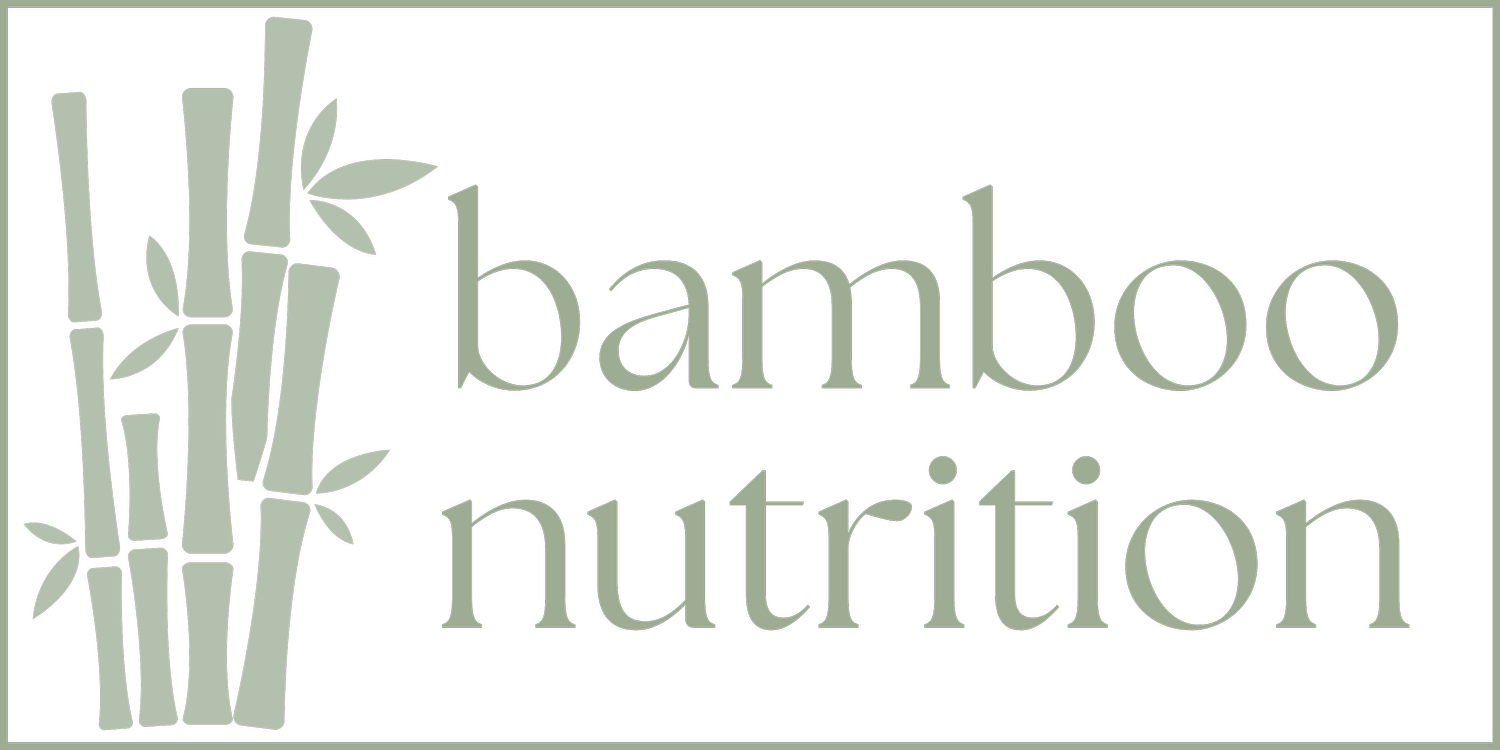Toddlers, or "Little People” as I like to call them, have different needs than elementary aged children and infants. We know this of course! But what do their portions look like?
Trust That Your Toddler Knows How Much They Need.
Toddlers, just like infants, have extraordinary hunger and fullness cues. They are more in touch with their bodies and what they need than we do! For this reason, you can trust that your child will ask you when they are hungry and stop when they are full.
There may be medical reasons why this is difficult for your child. Therefore, if you do notice or are concerned that your child is undereating or overeating, consult with your pediatrician and look for a dietitian who can help you better know how to feed your young one. At Bamboo Nutrition, we have dietitians who can help you!
The main thing is that you are offering a variety. (Julia Henry, RD)
As our dietitian, Julia Henry puts it, the main thing is that you offer a variety of foods to your toddler and let them choose what to eat and explore. These are the years that they will expand their palate and curiosity around foods.
As parents, our job is to offer a variety of foods at regular intervals. It is encouraged to offer three meals and 3 snacks at the same (or close to) times every day. This will also help your child regulate their hunger and fullness.
Your child’s job is to choose how much to eat. Your job as a parent is to choose what, when and where. (Ellyn Satter)
Don’t Forget Safety!
Offering variety is great, but keep in mind that their foods will look different in order to be safe.
Some great ways to offer produce that is safe for kids to eat is to thinly slice them, puree them, or shred them. Small amounts are always safest to start with and if they like it and ask for more, then have the jar or plate ready to put more in front of them.
If you’re worried about how much you’re offering vs. how much your toddler is eating, know it is ok to start small. Always have something on the plate that they are familiar with. This way there is at least one thing that they will eat or fill up on.
Offer small portions of new things and if they want more, they will tell you. This way your toddler also will not be overwhelmed. Sometimes if you give them too much of something new, this will feel scary or intimidating and they will choose not to eat any of it.
Sometimes Your Toddler Might Not Eat… This is Okay!
If your toddler chooses not to eat, this is ok. It’s not abnormal for a toddler to choose that they don’t want something. If they sit and play with their food rather than eat it, this is also ok! In fact, its a great sign that your child plays with their food. This is a part of them being curious and learning about food and what they like.
If your child does not eat, encourage them to stay at the table for at least 3-5 minutes to be around the food before you let them down to play. If they don’t eat, then wait until the next meal or snack time before offering again. Giving water in between meals will be just fine!
Need More Guidance?
If you feel more guidance or one-on-one sessions with a dietitian will be helpful for you to feel confident in the way you are feeding your toddler, don’t hesitate to reach out to one of our dietitians at Bamboo Nutrition!







